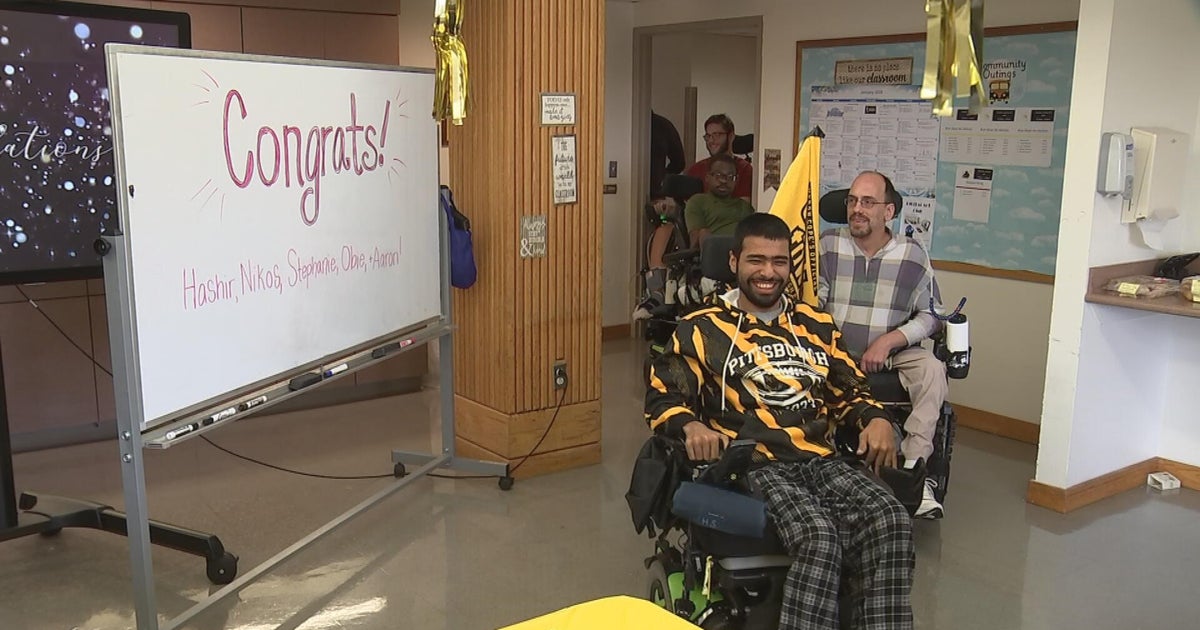How much can you borrow with federal student loans?
College can be expensive, and not everyone has the financial means to pay for it out of pocket. That's why the government provides various types of financial to help students pursue their education.
Federal student loans are loans provided directly by the federal government to pay for college costs, including tuition, housing, meal plans and textbooks. You pay these loans back with interest, typically starting six months after you graduate or drop below half-time enrollment status.
To figure out how federal student loans fit into your college funding plan, it's important to understand how much you're allowed to borrow. This can help you budget for expenses and determine if you need to use additional means to pay for your education.
Start exploring your student loan options here.
How much can you borrow with federal student loans?
Federal student loan borrowing limits depend on a few factors. Here's what you need to know.
Types of federal student loans
First, it's important to note that there are two types of federal student loans: Direct subsidized loans and direct unsubsidized loans.
Direct subsidized loans are available to students who demonstrate financial need. They include federal Perkins loans, which are available to students with exceptional financial need. With direct subsidized loans, the government pays the interest while you're still studying, saving you money.
Direct unsubsidized loans are not need-based; rather, they're based on your cost of attendance minus any other financial aid you qualify for. Unsubsidized loans include Parent PLUS loans, which enable parents to borrow an amount that covers the total cost of attendance minus other forms of financial aid their child receives. With Direct unsubsidized loans, interest accrues while you attend school.
Federal student loan borrowing limits
How much you can borrow with federal student loans depends on your year in school, your dependent status and how much you borrow with subsidized and unsubsidized loans.
Dependent students (except those whose parents can't get PLUS loans) can borrow:
- First-year undergraduate: $5,500 annually (with no more than $3,500 in subsidized loans)
- Second-year undergraduate: $6,500 annually (with no more than $4,500 in subsidized loans)
- Third-year and beyond undergraduate: $7,500 annually (with no more than $5,500 in subsidized loans)
- Graduate or professional student: N/A (these students are considered independent)
- TOTAL loan limit: $31,000 (with no more than $23,000 in subsidized loans)
Independent students and dependent undergrads whose parents can't get PLUS loans can borrow:
- First-year undergraduate: $9,500 annually (with no more than $3,500 in subsidized loans)
- Second-year undergraduate: $10,500 annually (with no more than $4,500 in subsidized loans)
- Third-year and beyond undergraduate: $12,500 annually (with no more than $5,500 in subsidized loans)
- Graduate or professional student: $20,500 (unsubsidized only)
- TOTAL loan limit (undergraduates): $57,500 (with no more than $23,000 in subsidized loans)
- TOTAL loan limit (graduate or professional student): $138,500 (with no more than $65,500 in subsidized loans) — note that this amount includes all federal undergraduate loans received
Find out how much you can borrow with student loans here.
How to fill gaps in your financial aid
When considering how you'll pay for college, you should first apply for any scholarships and grants you qualify for. These provide free money that you won't need to repay.
Next, you should max out your federal student loan borrowing potential. Federal loans offer comparatively low interest rates and multiple repayment and forgiveness options.
If, after doing this, you still need to cover expenses, it may be time to turn to private student loans. Private student loan limits typically range from $75,000 to $100,000, depending on the lender and your creditworthiness. They can help you fill any funding gaps and ensure you're able to attend college as planned.
There are many private student loans out there, so take the time to compare a number of loans to find the one that's best for you.
The bottom line
Federal student loans can be a great help when it comes to affording your college education, but it's crucial to borrow only what you need. You must pay back whatever you borrow plus interest, so borrow responsibly and have a plan in place for repayment.
Before deciding to take out a loan, make sure to research and compare your options, explore scholarships and grants, and consider other sources of funding, such as work-study or part-time employment. If you have any questions or need help navigating the world of student loans, talk to your school's financial aid office — they're there to help you!






